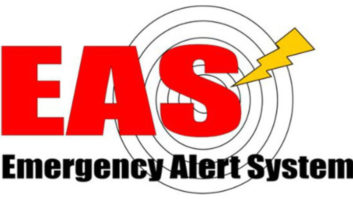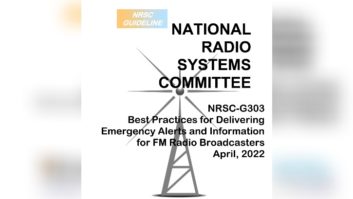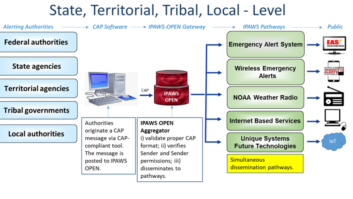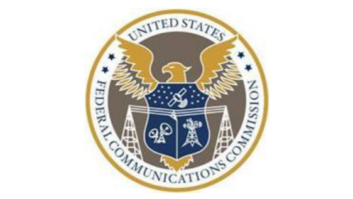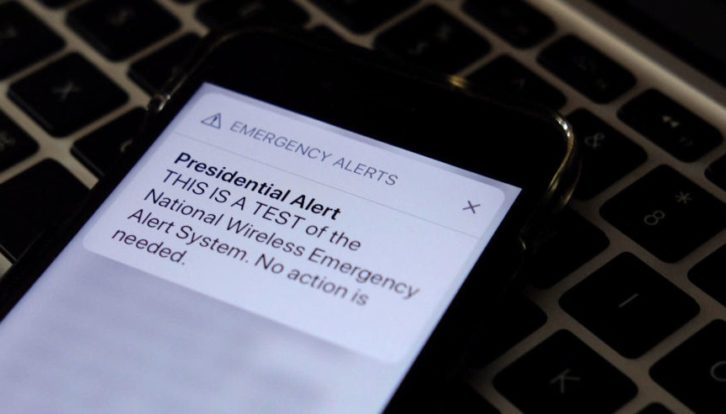
Congress wants the Federal Communications Commission to take steps to improve emergency alerting around the country. So that will be on the agenda when the commission meets in March.
Acting Chairwoman Jessica Rosenworcel said the FCC will consider new rules to keep the public informed. This will implement the READI Act, which was part of the federal government’s defense authorization legislation for fiscal 2021 (the bill on which Congress overruled a veto by President Trump in January).
The READI Act instructs the FCC to take several steps, most of them in consultation with the Federal Emergency Management Agency.
Notably, it tells the commission to examine the feasibility of updating EAS to enable or improve alerts to consumers through the internet, including through streaming services, and to report about this to Congress.
Given the ubiquitous nature of the internet in American lives, this stipulation could lead to the biggest change coming out of the bill.
“We’re proposing updates to the way Americans receive emergency alerts wherever they are — on their phones, on television and on radio,” Rosenworcel wrote in a blog post, previewing the March open meeting of the commission.
But also of interest to broadcasters is an instruction from Congress regarding State Emergency Communications Committees.
In the next six months, the FCC is supposed to encourage states to review the makeup and governance of their individual SECCs (and to establish an SECC if one doesn’t exist). Congress then wants each state committee to meet at least annually to review and update its state’s EAS plan and to submit an updated plan to the FCC, which the commission is supposed to review and approve or reject.
The FCC is also supposed to establish a “State EAS Plan content checklist” for SECCs to use when reviewing their EAS plans.
In addition to those two issues, the READI Act requires the FCC to establish a way to receive reports of false alerts under the Emergency Alert System or the Wireless Emergency Alerts System, so it can track them and study their causes.
And the commission was told to modify the Emergency Alert System to provide for repeating EAS messages while an alert issued by the president, head of FEMA or other appropriate parties is still pending. This applies to warnings about national security events such as missile threats, terror attacks or acts of war, not to typical local EAS events like weather warnings.
Update: After this story was published, the commission released the draft language of the NPRM and NOI as described here in more detail.





